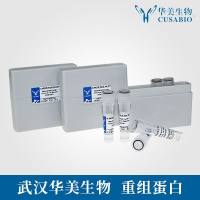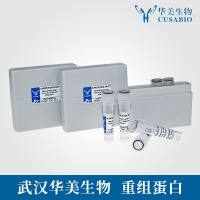From QSAR to QSIIR: Searching for Enhanced Computational Toxicology Models
互联网
互联网
相关产品推荐

Recombinant-Rat-Bax-inhibitor-1Tmbim6Bax inhibitor 1; BI-1 Alternative name(s): Testis-enhanced gene transcript protein Transmembrane BAX inhibitor motif-containing protein 6
¥10892

Recombinant-Human-Bax-inhibitor-1TMBIM6Bax inhibitor 1; BI-1 Alternative name(s): Testis-enhanced gene transcript protein Transmembrane BAX inhibitor motif-containing protein 6
¥10892

Recombinant-Pig-Bax-inhibitor-1TMBIM6Bax inhibitor 1; BI-1 Alternative name(s): Testis-enhanced gene transcript protein Transmembrane BAX inhibitor motif-containing protein 6
¥10892

Recombinant-Bovine-Bax-inhibitor-1TMBIM6Bax inhibitor 1; BI-1 Alternative name(s): Testis-enhanced gene transcript protein Transmembrane BAX inhibitor motif-containing protein 6
¥10878

egfp/egfp蛋白//蛋白/Recombinant Human cytomegalovirus Enhanced green fluorescent protein (egfp) (V164A,S176G)重组蛋白
¥69

